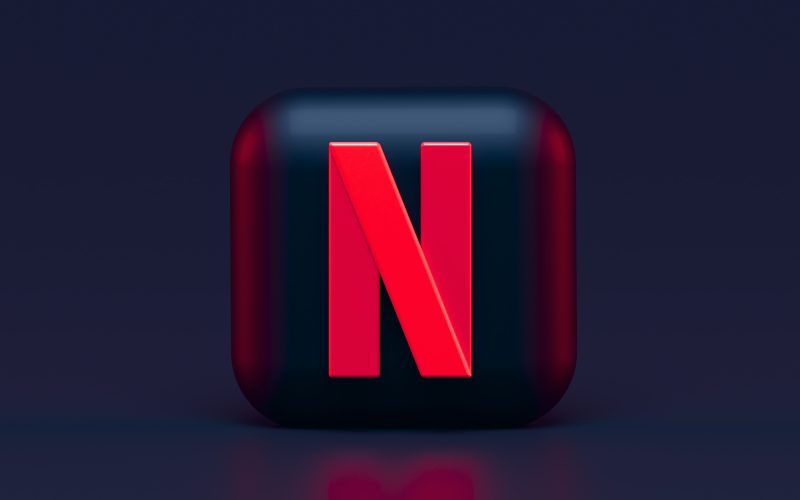The cable industry has long dominated the television landscape in the United States, but in recent years, the rise of streaming services has disrupted this longstanding monopoly. Services such as Netflix, Amazon Prime Video, and Hulu have transformed the way that viewers consume media, and have challenged the traditional cable model.
One of the main reasons for the success of streaming services is the convenience they offer to viewers. Instead of being tied to a schedule set by cable providers, viewers can now watch their favorite shows and movies whenever they want. This flexibility has made streaming services extremely popular among younger viewers, who are more likely to be watching on mobile devices.
As a result, traditional cable companies are facing serious challenges. Many have struggled to retain customers as viewers increasingly turn to streaming services instead. This has led to a decline in revenue for cable companies and has forced them to adapt to the new reality of the media landscape.
In response, some cable companies have launched their own streaming services to compete with the likes of Netflix and Hulu. For example, Comcast has launched Peacock, while AT&T has launched HBO Max. These services offer a mix of original programming and content from other providers, and are designed to appeal to viewers who are looking for an alternative to traditional cable.
Despite these efforts, however, the streaming services continue to dominate. According to a report by the Motion Picture Association, global streaming revenues increased by 26% in 2019, while cable revenues declined by 2%. This trend is likely to continue in the coming years as more and more viewers turn to streaming services as their primary source of entertainment.
The impact of streaming services is not limited to the cable industry, however. The rise of these services has also had an impact on other areas of the media landscape, including advertising. With fewer people watching traditional cable, advertisers have had to find new ways to reach consumers. This has led to a rise in targeted advertising on streaming services, as well as an increase in product placement and other forms of branded content.
In conclusion, the rise of streaming services has had a major impact on the US cable industry. While traditional cable companies have struggled to adapt, streaming services continue to dominate the media landscape and are likely to do so for the foreseeable future. This trend has also had an impact on other areas of the media industry, including advertising, and is likely to continue to shape the industry in the years to come.












